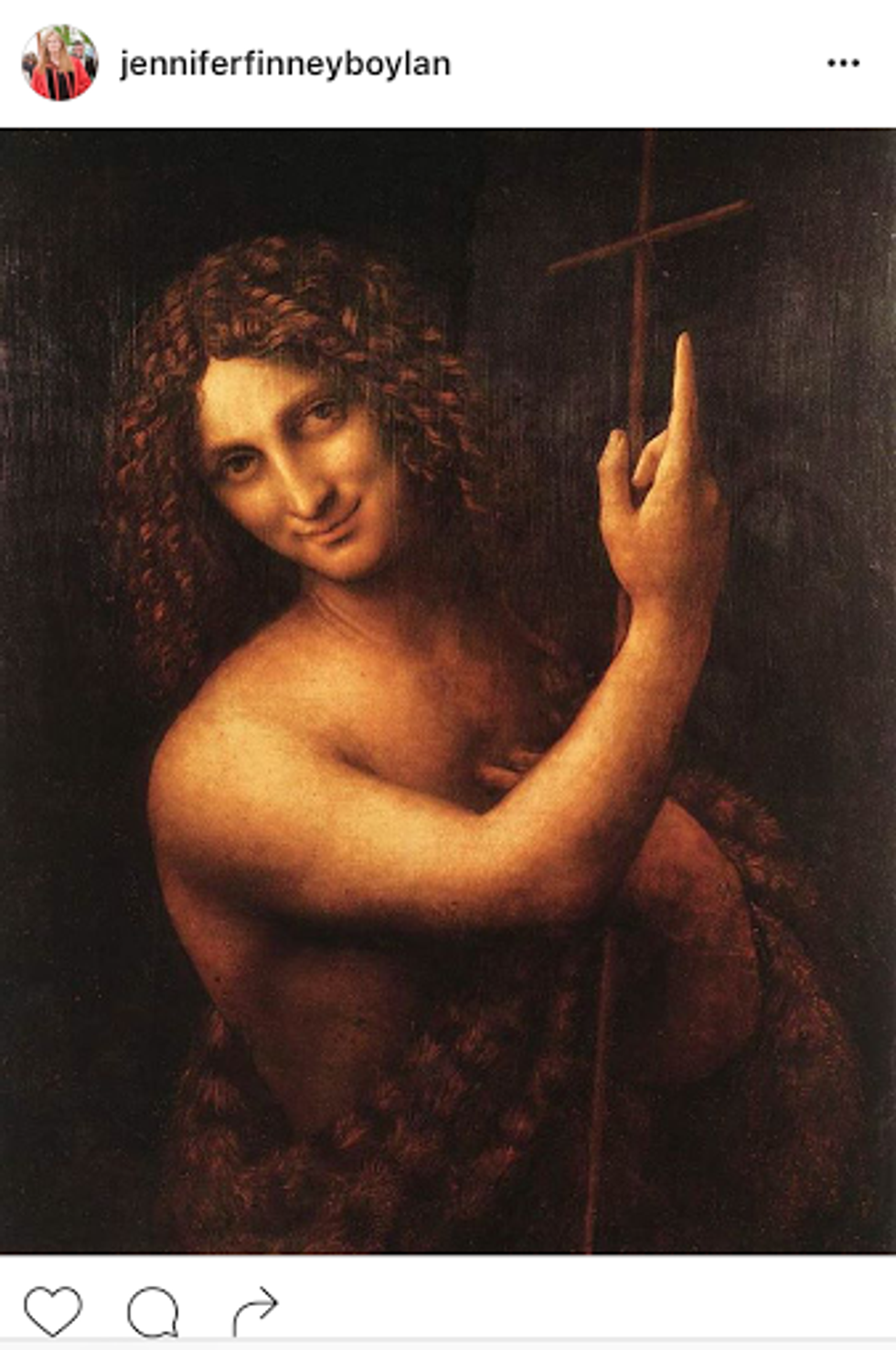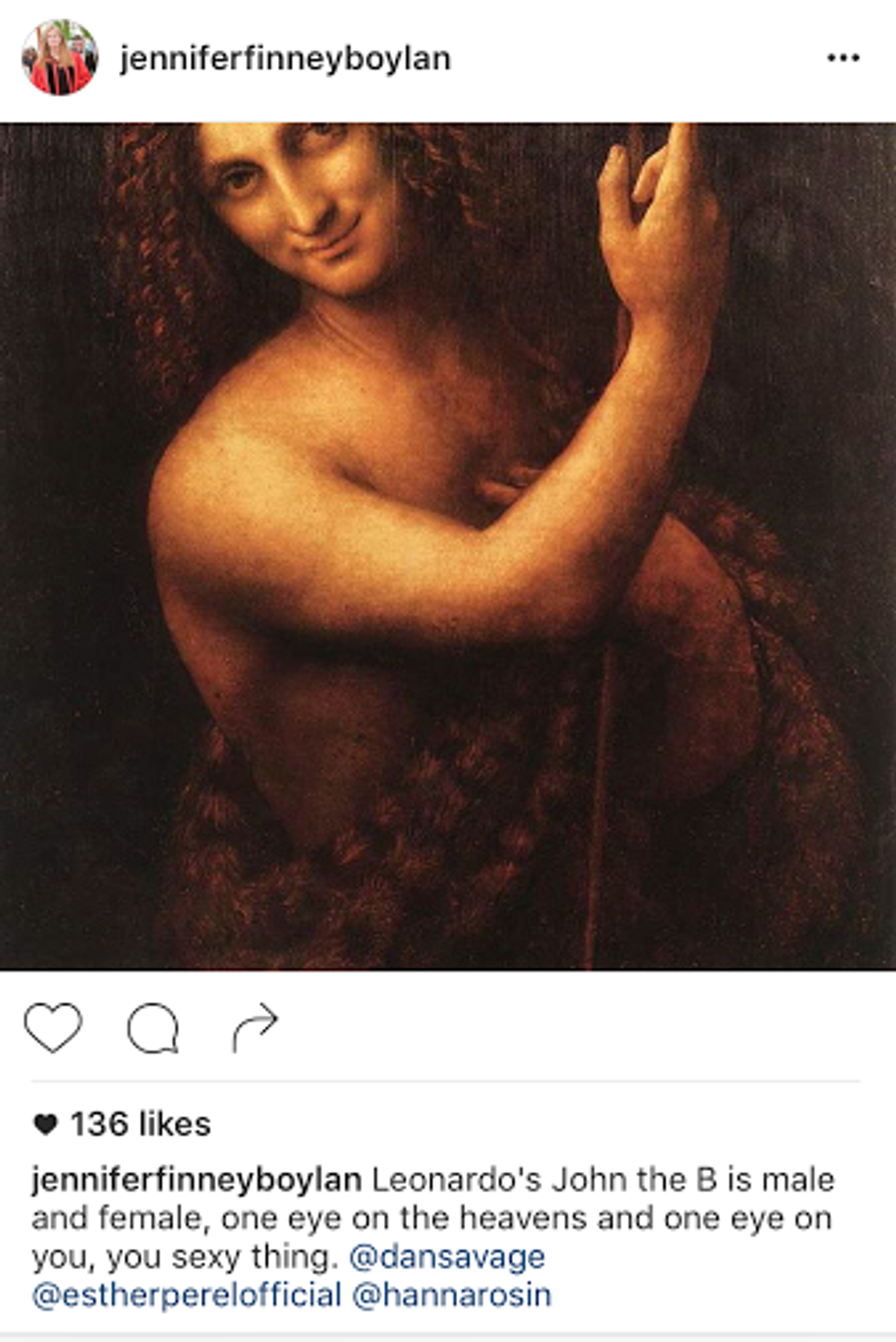The movement towards transgender rights and protections has gained an ever-increasing powerful presence. Transgender rights and protections have gained a central platform, which has created an immense need for an education on these issues and what it means to be transgender. If I had been asked what it meant to be transgender two years ago, I wouldn’t have been able to answer. An interesting facet to that scenario is that the reason I was asked to explain the term transgender was because I am gay. This incorrect notion that I was somehow endowed with the knowledge to explain a term that was about gender orientation versus my personal sexual orientation reflects the complexity of the questions raised surrounding these topics and the need for more education. There have been a great amount of powerful voices that have risen to answer the questions that I was not equipped to answer myself. From Laverne Cox to Jenny Boylan, I have gained a strong understanding of what transgender means so that I can learn about transgender issues. With this understanding, has also brought new questions of my own.
With the sweet also comes the sour and in this case the sour for me has been the rampant negative judgments aimed towards the transgender community from the overt conservative religious groups that assert extreme negative viewpoints. The use of God to promote these negative viewpoints and stereotypes has always left me questioning if these conservative religious groups realize what an immense contradiction they have created?
This becomes a multi-faceted question so I am going to focus on the specific topic of gender. I was raised as Catholic who was taught that God was a spirit who was neither gender, and yet God was referred to using male pronouns, which never made a great deal of sense. When I questioned this, it was explained to me that male pronouns were used because God took on the male form when God took on the fleshed out form known as his son, Jesus Christ. Still, the contradiction remained because it has always seemed apparent as to why this divine being, which created all of creation, would’ve been able to quickly figure out that the male gender was the gender to take on. I say this because, theoretically speaking, if God wanted to have God’s voice heard, the male gender was the one to pick due to the overt control the male gender wielded at the time of the Old Testament. It really seems like a no brainer situation that has been greatly misinterpreted and manipulated.
Context is so very important.
I was also taught throughout my religious education that God created humanity in God’s image, which has raised the question about whether God was male or female? Well if that is the case, then God must identify as male and female. Perhaps God would prefer the term bigender (a person who identifies as both male and female) or agender (a person who identifies as neither male nor female). However, to apply any of those terms to another is outside of my authority as a member of humanity, for a person's gender identity is just that, personal and to assert that type of authority would also assert judgement, and I'm pretty sure judgement is a big no-no.
Oh, the contradictions. Really makes your head spin doesn't it? This is where some visuals come in handy.
I am a visual person, an art teacher, who finds that art greatly aids me in articulating my points. Today, I discovered the perfect example of art that expresses these viewpoints and questions while perusing my Instagram feed. I found that Jenny Boylan had posted the image of Leonardo Da Vinci’s painting, "St. John the Baptist." Boylan is an activist, author and professor. She is also transgender. Boylan humorously and poignantly wrote in the caption, “Leonardo’s John the B is male and female, one eye on the heavens and one eye on you, you sexy thing.”
This image by Da Vinci astutely expresses my thoughts on gender and the divine. St. John the Baptist is depicted in an androgynous manner with a mysterious facial expression, a cross in the background, with his right finger pointing to the heavens. Da Vinci also replaces clothing, which historically carries a strong emphasis on specific gender classifications, with a gender neutral fur wrap. The androgyny that exudes from Da Vinci’s portrayal of St. John the Baptist is undeniable. The immense use of chiaroscuro creates a strong sense of mystery that is paired strongly with the mysterious nature of the smirk and glance of St. John that he aims at the viewer. It appears as if Da Vinci is illustrating the androgyny of God through this depiction of one of the most notable saints within Catholicism.
I am like any human on this Earth who has no real ability to confirm or refute these ideas regarding God and God’s gender. For no being truly understands what internally makes up another being any better than that being alone. The sooner we accept the immense amount of difference that each other is made of, is when we truly start to accept each other for what we are and not what we think each other should be.













































